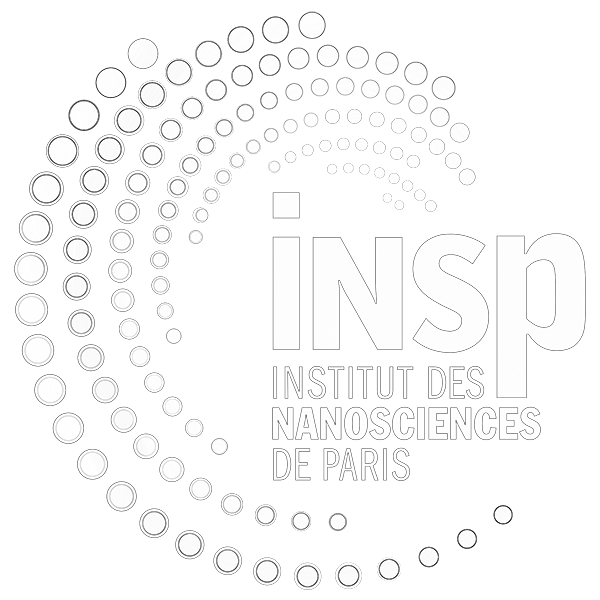Exotic 2D lattices with Sn
Contact : romain.bernard@insp.jussieu.fr ; prevot@insp.jussieu.fr ; 01.44.27.46.53
Tutelle : Sorbonne université et CNRS 4 place jussieu, 75005 Paris
Mots clés : Stage M2
Gratification : Oui
Page des stages de(s) l'équipe(s) : Physico-chimie et dynamique des surfaces
Description du stage
Click on « description » for full document
Keywords: 2D materials, epitaxy, structure, growth, STM, SXRD
Scientific description: Theoretical studies have shown that new physical properties such as
tunable gap opening or quantum spin Hall effect could be expected from group IV graphene
analogues (silicene, germanene, stanene) [1]. For example honeycomb silicene layers have
been identified on various Ag surfaces [2], and growth of honeycomb stanene has been
achieved on Cu(111) at low temperature. On the other hand, theoretical research on the
topological properties of 2D materials has expanded to other families of lattices, such as
Kagome, Su–Schrieffer–Heeger or Lieb lattices (see Fig).
For the realization of such novel lattices, Sn appears as a promising material, since bulk Sn
exists as two allotropes. Using Surface X-ray diffraction experiments at SOLEIL synchrotron,
we have evidenced several complex phases obtained by evaporating Sn on Cu and Ag
surfaces. The aim of the internship is to follow in situ and in real-time with scanning
tunneling microscopy (STM) the deposition of tin on such Ag and Cu surfaces to determine
the relation between substrate symmetries and film structure. For this purpose, real-time
STM experiments [3] will be performed during Sn evaporation at various temperatures. The
objective is to determine, using SXRD results already obtained and STM results, the structure
of these novel 2D materials.
[2] L. Masson and G. Prévot, Nanoscale Adv. 5, 1574 (2023)
[3] K. Zhang, R. Bernard, H. Cruguel, Y. Borensztein, G. Prevot, Phys. Rev. B 102, 125418 (2020)
Techniques/methods in use: Scanning tunnelling microscopy, Surface X-ray diffraction at synchrotron, Low Energy Electron Diffraction
Applicant skills: Scientific curiosity, knowledge of condensed matter physics
Internship location: Campus Pierre et Marie Curie, Tower 22 – 4th floor, 22-12, 403
Possibility for a Doctoral thesis

